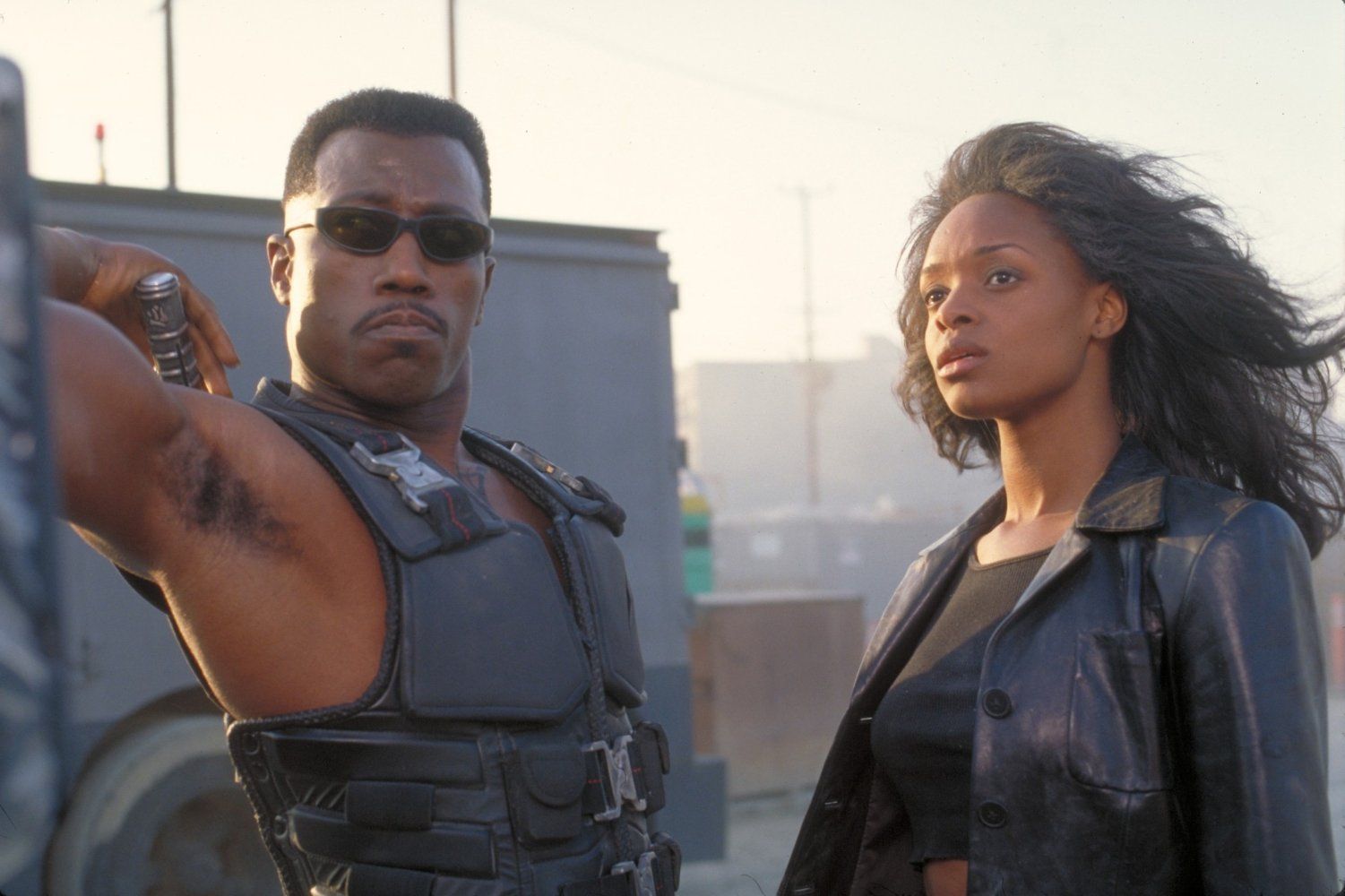Fighting his way on to the big screen at the very beginning of Marvel’s cinematic renaissance was the human-vampire hybrid Blade, who performed so impressively at the box office that he earned the right to return in 2002’s brilliant Blade II and the 2004 damp squib Blade: Trinity. Below are 10 fang-tastic, fist-flinging facts about this groundbreaking superhero horror movie.
20. Blade powers are completely different in the comics
Normally when a story is adapted into film from a comic, one thing that stays the same is the power set of the hero. Captain America always has his super strength, Spider-Man is always super agile with great reflexes, and Superman can always leap tall buildings in a single bound. That’s why it’s so surprising that Blade’s powers changed so much in adaptation.
Both movie Blade and comic Blade are described as vampire-human hybrids who have all of the abilities of a vampire, but with far fewer drawbacks. However, the drawbacks are different in each case, as while movie Blade only suffers from the desire to consume human blood, comic Blade is also incredibly vulnerable to red sunlight.

19. Pearl’s scene was originally much creepier
Blade features lots of memorable vampires, but none so much as Pearl, the giant vampire who is tortured by Blade via UV light. Pearl is already a frightening addition to the movie, being comprised of over 700 pounds of latex skin and being so big that the set had to be built around him, but his appearance in the film was originally going to be even scarier.
An earlier draft of the screenplay revealed that Pearl’s size came from the fact that he was addicted to eating children and infants, especially savouring the hearts. To make this obvious to the viewer, Pearl’s lair was originally strewn with the corpses of Pearl’s victims, with stray hearts littering the floor. It was eventually decided that this would be too dark.
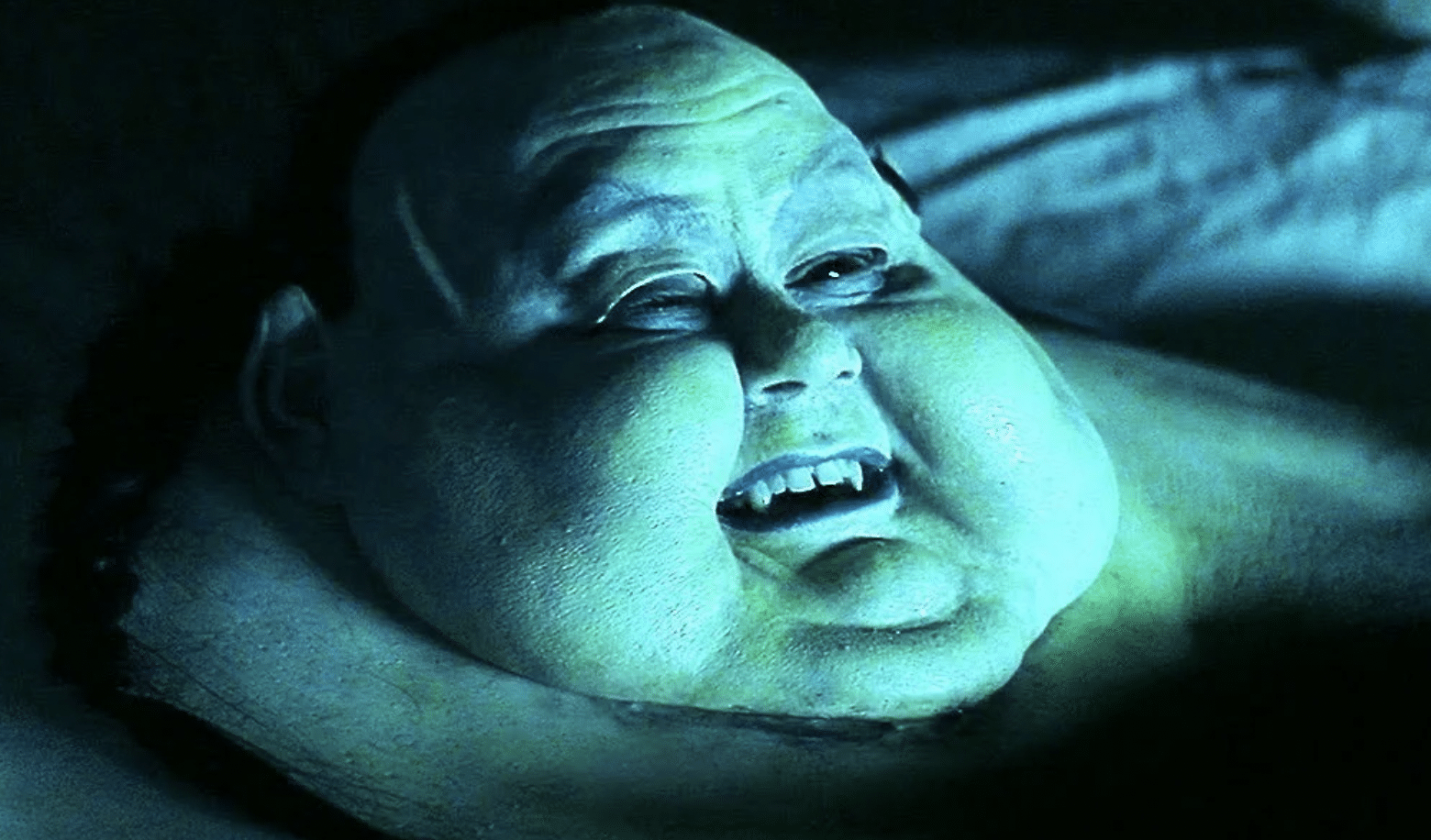
18. David Fincher almost directed
Blade 1998 was directed by Stephen Norrington, a horror fanatic who was primarily known for being a gifted special effects artist. However, Norrington wasn’t always going to be the one sitting in the director’s chair, as David Fincher was originally connected to the project. David S. Goyer revealed in 2004 that Fincher had helped him to develop the script after finishing work on Se7en.
David Fincher eventually had to pass on directing the project for unknown reasons, but he did impart a lot of wisdom to David Goyer throughout the screenwriting process. One of the most memorable things he told Goyer was that “on the road to enlightenment, you have to kill your mother, kill your father, and kill Buddha.” Goyer took this advice and applied it to Blade’s journey back to humanity.

17. Blade is actually older than his mother
In the comics, Blade’s mother was bitten by a vampire and died during labour, resulting in Blade being born as a vampire-human hybrid. The movie follows a similar story, until it is eventually revealed that Blade’s mother came back as a vampire and has been living in secret ever since, which forces Blade to murder his own mother to ruin the vampires’ plan.
While this twist makes sense for Blade’s arc in the film, what doesn’t make sense is the ages of the two actors. Blade’s mother is played by Sanaa Lathan, who was only 26 when Blade was shot in 1997. To make things even stranger, Wesley Snipes was 35 at the time, making him a whole nine years older than the woman playing his mother. Even when you account for the vampirism, that doesn’t make sense.

16. Both the director and Stan Lee have cameos
Blade director Stephen Norrington is a longtime horror fan, with a particular love for anything that combines horror elements with cyber- or steampunk. Therefore, it’s no surprise that he was eager to include a director’s cameo in Blade, since it would give him the chance to play a vampire. Eagle-eyed viewers can see Norrington biting the neck of a girl on the side of the road as Officer Krieger speeds past.
Norrington was not the only person to film a cameo either. As Blade is technically a Marvel superhero, Stan Lee also shot an appearance in the movie. Lee plays one of the cops who comes into the blood club during the aftermath of the fight and sees Quinn’s body on fire. Unfortunately, the cameo was cut for unknown reasons.
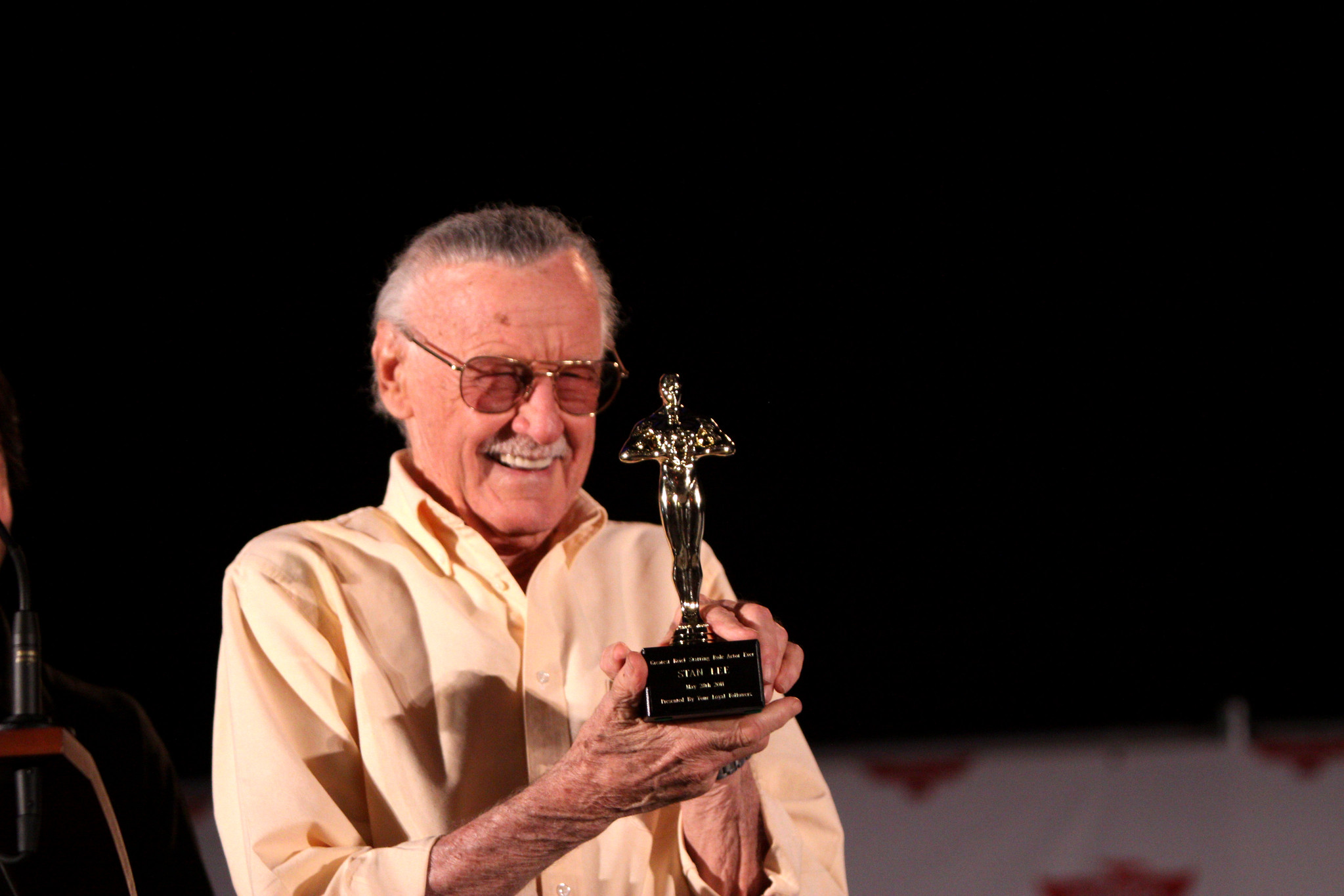
15. Wesley improvised his most iconic line
Like many other Marvel superheroes, part of Blade’s appeal comes from his ability to be cool and quippy. Despite his stoic facade and hardline stance against vampires, Blade also has a lot of iconic quotes, such as the philosophical: “When you understand the nature of a thing… you know what it’s capable of.” However, some of his quotes were considerably less existentialist.
One of Blade’s most famous quotes is “some motherf***ers are always trying to ice-skate uphill”, but it wasn’t actually an invention of the screenwriter. Instead, it was something that Wesley Snipes said during an early morning production meeting, which made the whole crew laugh out loud. Norrington immediately asked Snipes for his permission to put the phrase into the script.
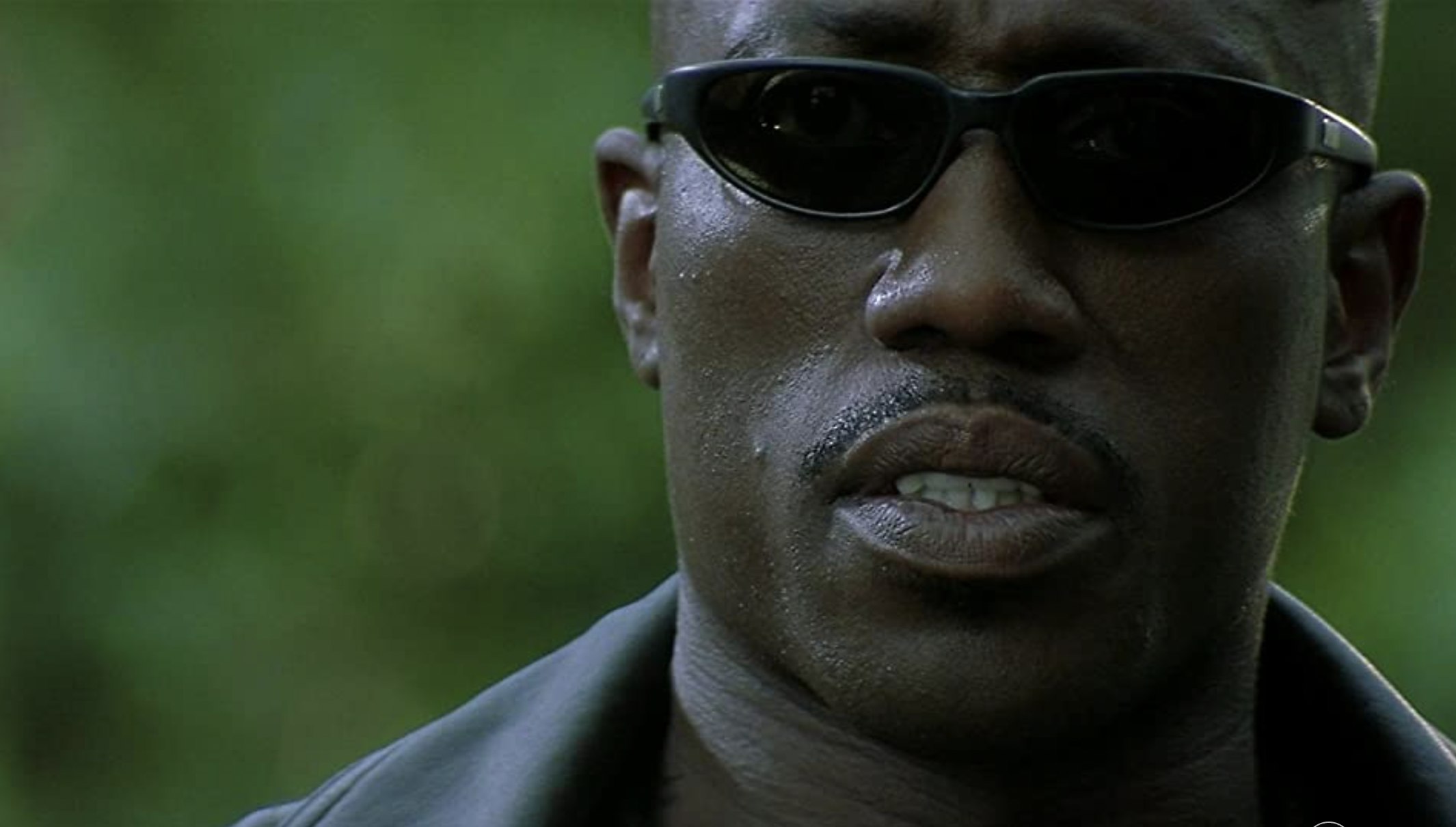
14. Blade’s vampires have their own language
Most of the time we see the vampires in Blade, they speak English. However, there are a few occasions where they speak an unrecognisable language, one that only vampires (plus a select few vampire hunters) can understand. On the face of it, this language kind of sounds like Russian, but it’s actually an entirely fictional language.
The language was created by Victoria Fromkin, a linguistics professor at UCLA. Fromkin also created the language of the lizards from Land of the Lost, and she spent a lot of time developing the perfect vampire language. The language drew from Transylvania and Fromkin intermixed with vaguely Russian and Czech sounds, which created the perfect blend of menace and sophistication.

13. It’s one of two Tim Guinee vampire movies released in 1998
Blade was released in August of 1998, and it boasted an action tone blended with horror movie elements, made by a director who was most famous for his love of the horror genre. Similarly, Vampires was also released in 1998, and boasted a neo-Western tone with horror elements. Vampires was directed by John Carpenter, another giant of the horror genre.
The other similarity between the two films, aside from the fact that they both prominently feature vampires and vampire hunters, is that they both have a cast that includes Tim Guinee. Guinee plays Dr. Curtis Webb in Blade, and Father Adam Guiteau in Vampires. Guinee fares much better in Vampires than in Blade, as in Blade he is killed and turned into a zombie.
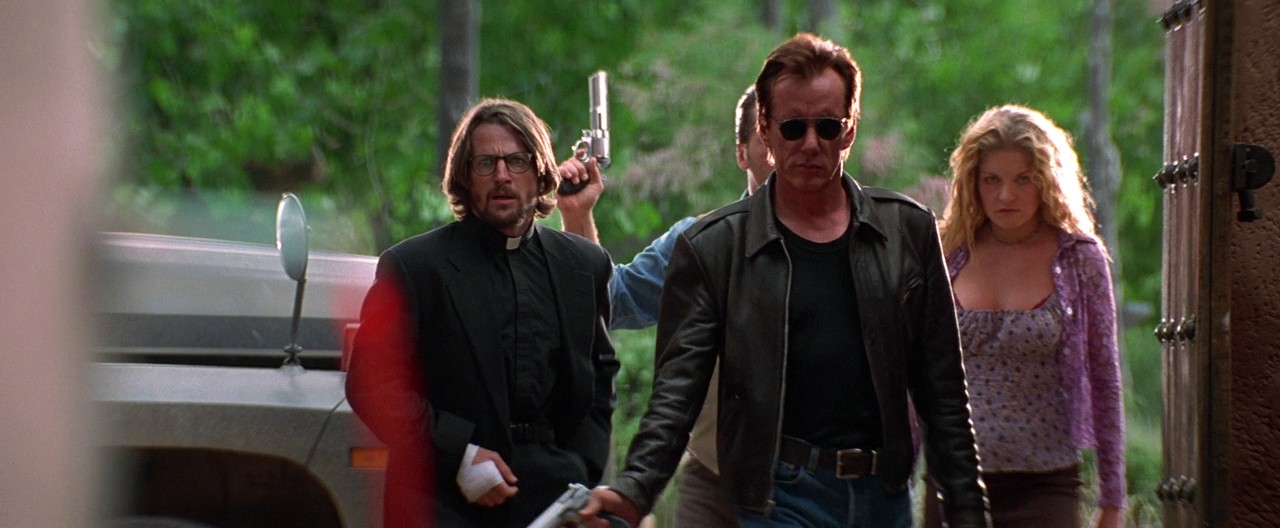
12. Morbius appears in the original ending
Before hitting peak popularity in the mid-90s, Blade was actually a fairly minor Marvel character, appearing in a Tomb of Dracula comic before getting his own title. He has since fought a variety of other Marvel characters including wild cards like The Hulk, and he has even appeared in the MCU movie The Eternals. However, his main foe throughout the comics has been the Spider-Man villain Morbius.
Morbius, otherwise known as The Living Vampire, has battled Blade many times, so much so that Blade’s first sequel was supposed to see him face-off against the tragically cursed scientist again. Unfortunately, Morbius became part of Sam Raimi’s plan for his Spider-Man series, and so was taken off the table as far as Blade was concerned. Still, the vampire we see perched on the rooftop in Blade’s original ending was supposed to be Dr Morbius.
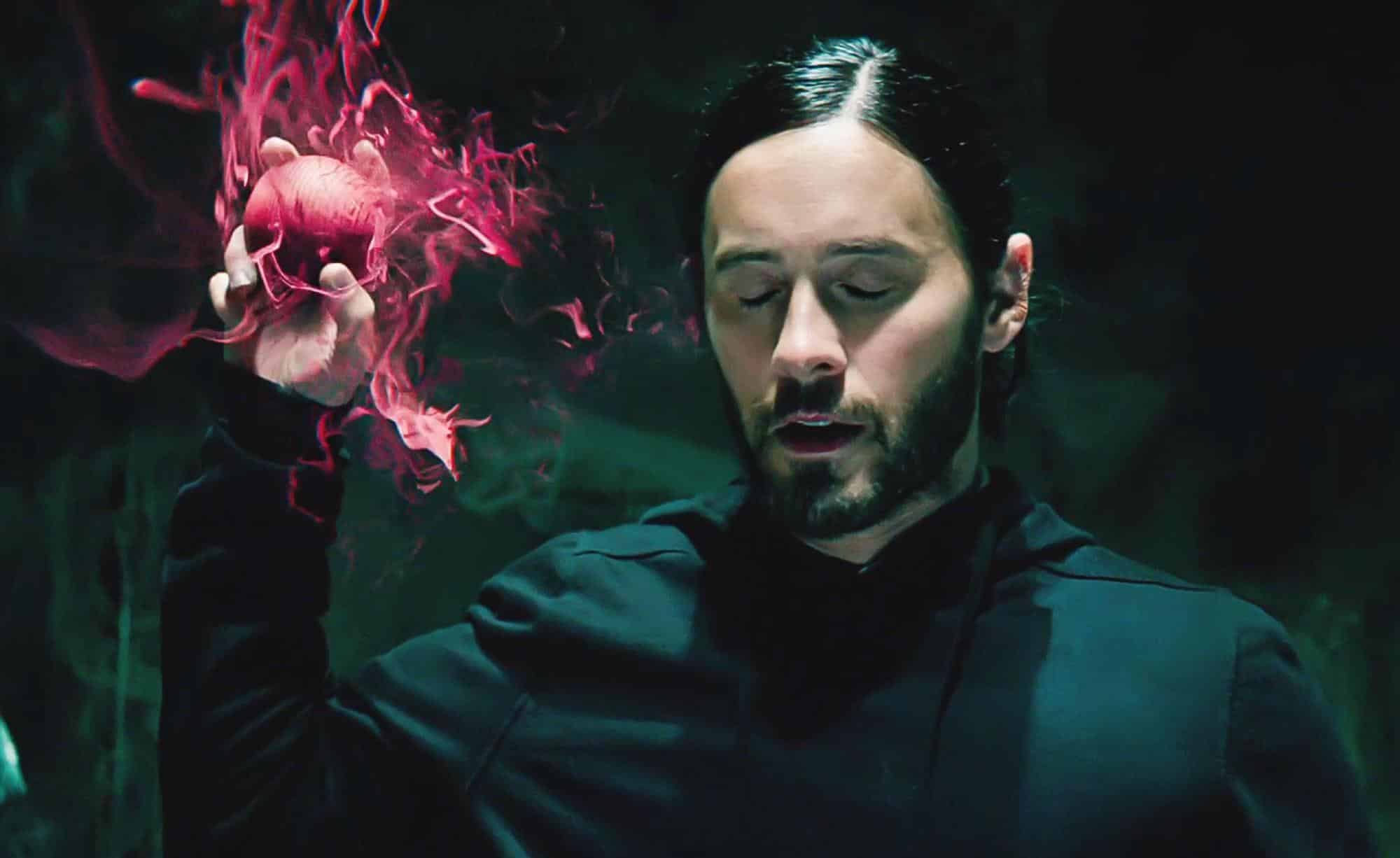
11. Wesley Snipes had never heard of the Blade franchise
Marvel superheroes might be the most major force in pop culture right now, but in the 90s the superhero movie trend hadn’t even been set in motion. Not only that, but Blade was not the well-known vampire hunter that he is now, and even vampires, in general, were yet to have their moment, with Buffy only beginning to air the year before in 1997.
With all that in mind, it’s not surprising that when Wesley Snipes was first approached about the part of Blade, he had no familiarity with the character or the franchise. Instead of drawing from the source material, he decided to draw on his knowledge of black exploitation films and play Blade as, in his words, “a cool guy in an awesome outfit who had great martial arts moves”.

10. It was originally planned to be a western starring Shaft actor Richard Roundtree
Movies go through a lot of changes throughout the production process, so much so that the eventual final product can be nothing like the original idea, or even the original screenplay. Blade went through a lot of different revisions to polish it into the product it finally became, with the location and even genre changing between inception and release.
Many years before it would finally go into production, New World Cinema planned a very different take on the Marvel comics vampire hunter. The independent studio planned to make Blade a Western, set in Mexico. This idea didn’t stick around for very long, which ended up being convenient, as the 1998 vampire hunter movie Vampires ended up being a neo-Western.
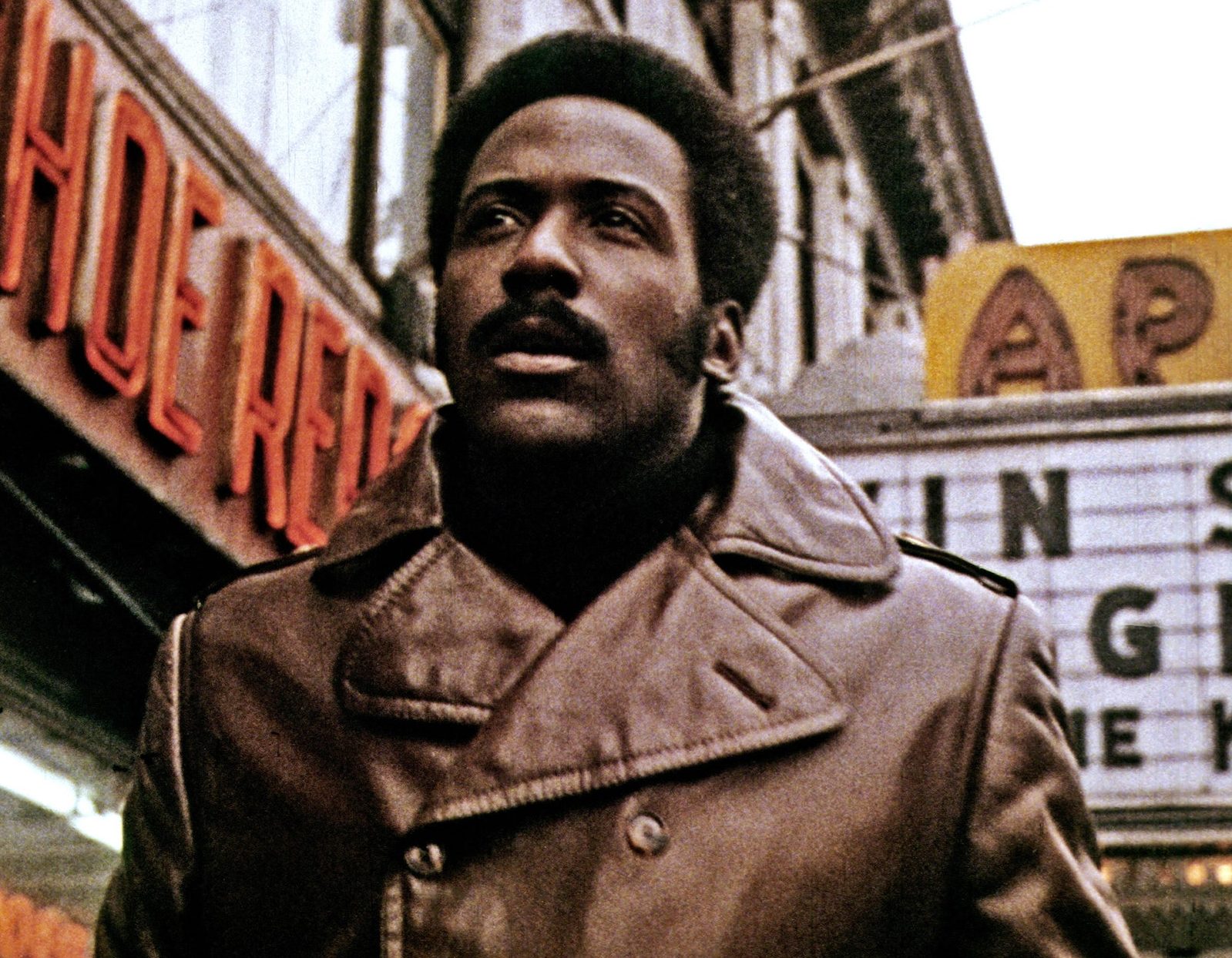
9. LL Cool J nearly played Blade during the early 1990s
A Blade movie actually took a number of attempts to get made, with the rights changing hands multiple times. As New World Cinema failed to get their planned Blade movie off the ground, the rights to make a film featuring the character eventually reverted back to comic book company Marvel, who had introduced the character in horror comic Tomb of Dracula back in 1973.
Marvel then attempted to get a project off the ground during the early 1990s, which had a completely different tone and cast to the 1998 version we ended up with. During pre-production, it was rapper and occasional actor LL Cool J who was reported to have been interested in playing the vampire slayer, though he was never officially approached.

8. It could have seen Denzel Washington face off against Jet Li
When New Line Cinema finally managed to get a Blade film greenlit and all the way into production, they were insistent that the role should be given to either Wesley Snipes, Denzel Washington or Laurence Fishburne. They got their wish when Wesley Snipes agreed to take on the role of the most perfectly engineered vampire hunter.
Chinese-Singaporean martial artist and actor Jet Li was offered the role of Blade’s enemy Deacon Frost, but he turned it down to star in Lethal Weapon 4, so Stephen Dorff was cast instead. It’s difficult to imagine a Blade movie that sees Jet Li fighting Denzel Washington, but it’s fun to theorise about what that could have looked like.

7. Wesley Snipes only signed up after his Black Panther project fell through
We’re all familiar with the late Chadwick Boseman in the role of Wakanda’s Black Panther, but Wesley Snipes was keen to take on the role of the Marvel superhero as far back as 1996. Snipes was determined to get a Black Panther movie made to bring awareness to the iconic black hero, with extra points if he could star in as well as helm the project.
Unfortunately, Snipes and company were unable to get this project a green light, in part due to the fact that the superhero movie trend really hadn’t taken off yet, and in part due to the large cost associated with a movie of that kind. It was only after his Black Panther project fell apart that Snipes agreed to take on the role of Blade instead.

6. It allowed Snipes to show off his black belt martial arts skills
Wesley Snipes didn’t perform all of his character’s stunts in Blade, but the film did at least allow Wesley Snipes to show off his impressive talents in the field of martial arts. Long before he excelled as a Hollywood actor, Snipes was a proficient martial artist, beginning his training at the age of 12 and later earning a black belt in both Karate and Hapkido.
Wesley Snipes is so enthusiastic about martial arts that, around the same time that Blade 1998 came out, he and his brother decided to create their own security company called the Royal Guard of Amen-Ra. What sets Amen-Ra apart is that the bodyguards it pairs with VIPs are not just trained in law enforcement, but martial arts as well.
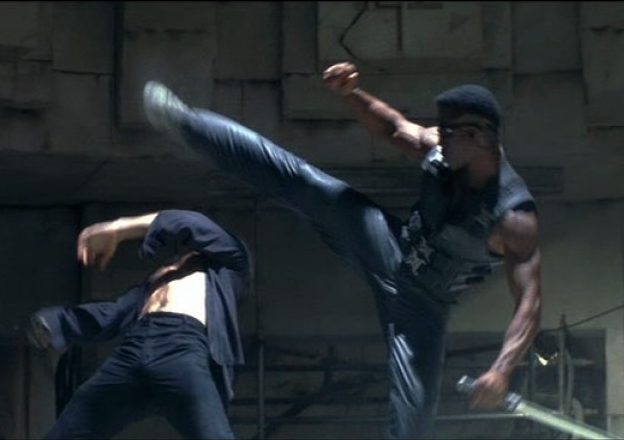
5. Co-star Donal Logue dislocated his jaw during filming
As an action movie with some horror elements, Blade includes a fair amount of stunt work. However, the only serious injury to occur on set wasn’t a result of crashing through a plate-glass window or blocking a fight with three other combatants. Instead, a cast member had to be rushed to the hospital as a result of screaming too hard.
Donal Logue, who played Deacon Frost’s powerful vampire minion Quinn, dislocated his jaw after screaming too vigorously. Logue had dislocated his jaw once before, and so accidentally aggravated the injury whilst acting out a scream. Luckily they were in a hospital at the time, but the shoot was taking place in an abandoned wing, and so he had to be rushed to a real hospital instead. “I’ve got this guy who’s dressed as a third-degree burns victim, essentially naked, running in with his jaw hanging down,” recalled director Stephen Norrington.
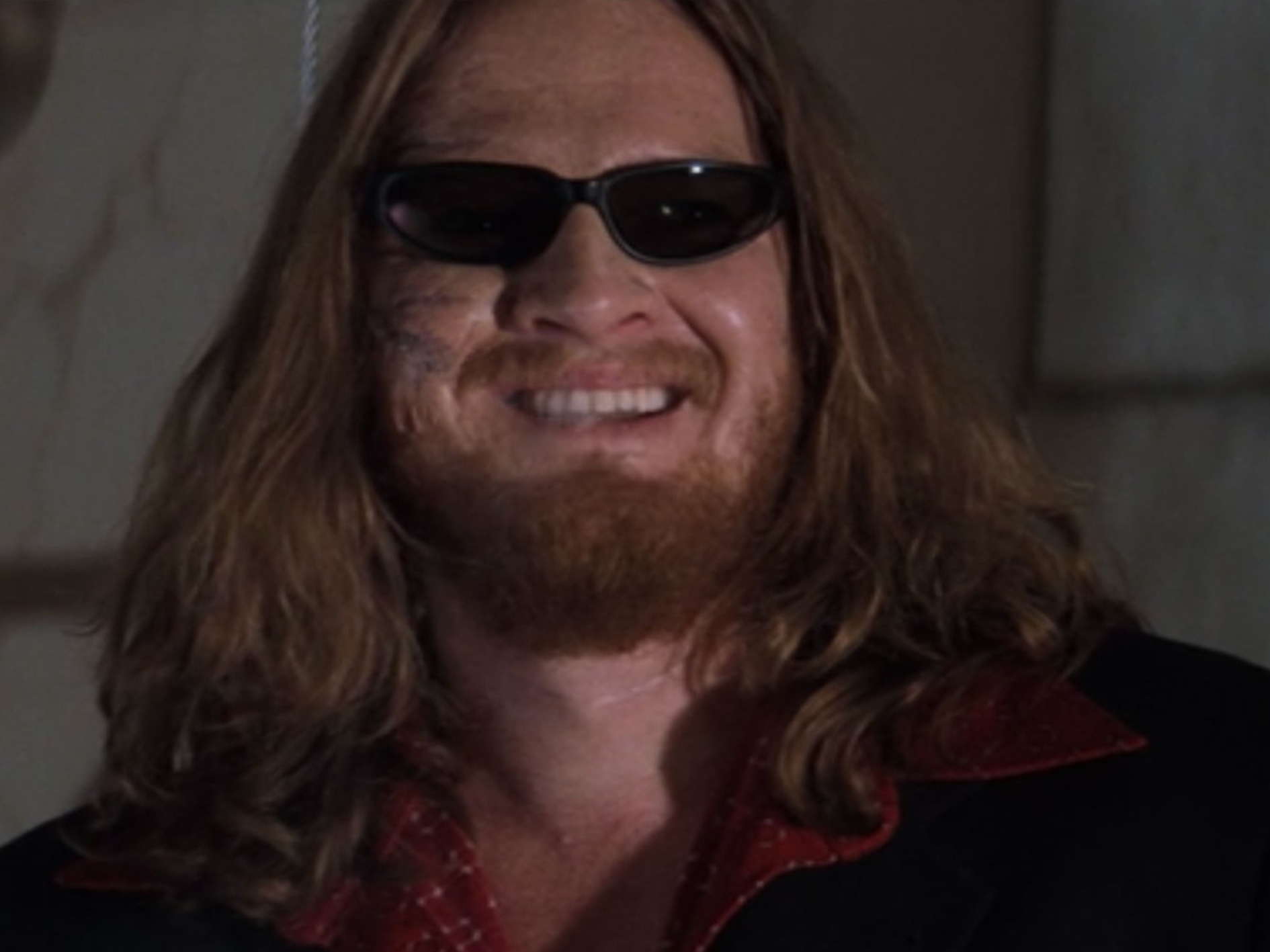
4. Heavy re-shoots and edits delayed its release by six months
Despite the many rounds of screenplay edits, input from the great David Lynch and an expert special effects make-up artist at the helm, the first cut of Blade brought extremely negative reactions from test screening audiences. This led to heavy reshoots and edits that delayed its release by six months, in an attempt to make the film look… less silly.
Many of the issues that audiences had with the movie centred on the villain, who looked humourous rather than scary with the addition of CGI. The re-shoots also added a completely different ending, after feedback showed that people were not impressed with the quality of the special effects in the original, CGI-heavy denouement. The new ending also removed the Morbius tease intended to set up the sequel.

3. Blade’s creators unsuccessfully sued Marvel for more money
Adaptations are usually great for the creators of an original idea. It leads to their work being reappraised and enjoyed in the public eye, and can introduce a whole new generation of fans to the property. The increased visibility and attention can even help them to launch new projects and enjoy further success. Unfortunately, this wasn’t exactly the case for the creators of Blade.
Blade’s creators’ writer Marv Wolfman and artist Gene Colan were given screen credits in the film’s opening titles. Even so, the duo later sued Marvel, unhappy with what they believed was an unfair amount of money being offered to them. The pair’s attempt to receive a significantly larger cut of Blade’s impressive box office return was heard in a court of law, but it eventually ended in failure.
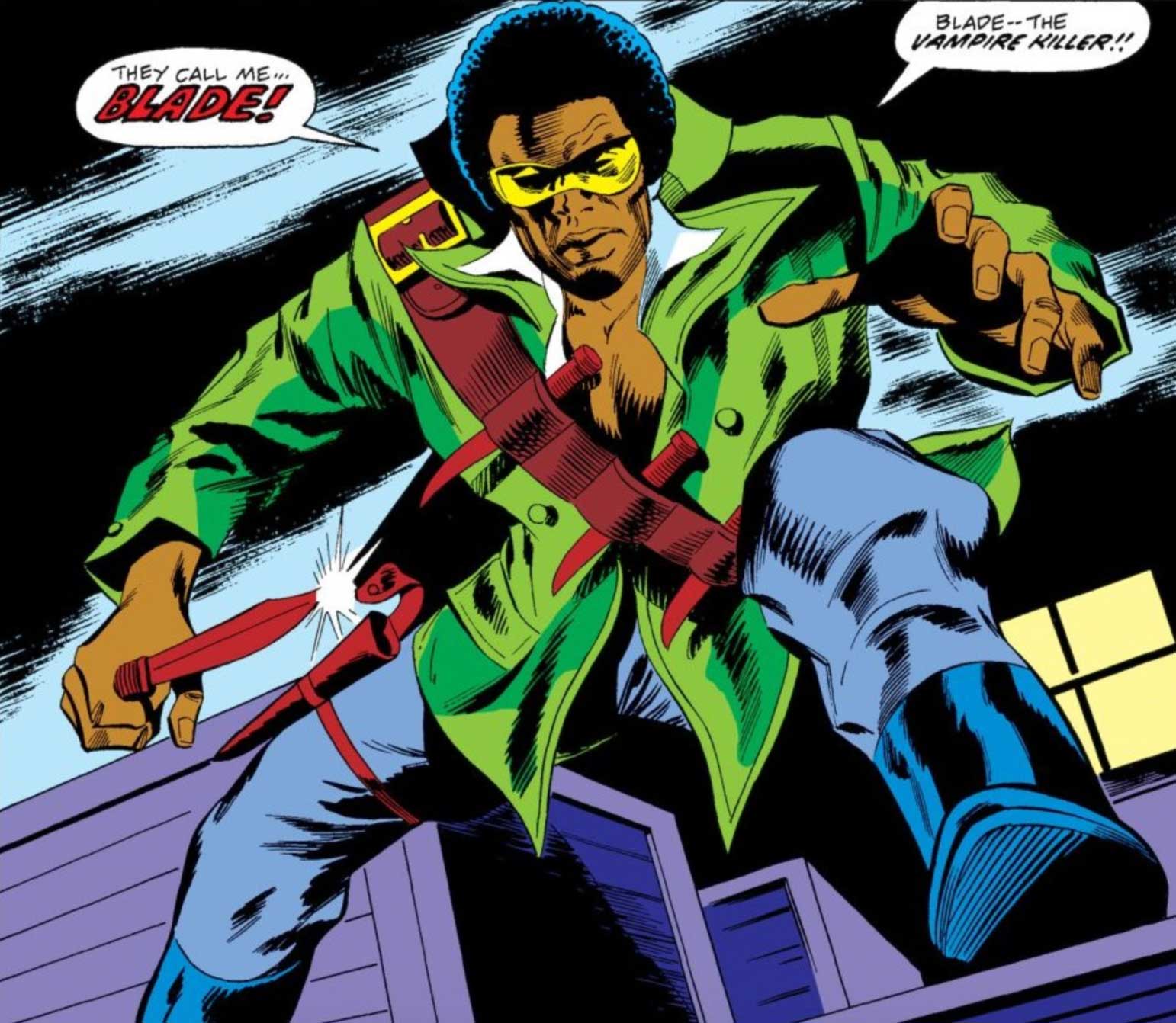
2. It was Wesley Snipes’ biggest ever box office hit on release
He may have suffered something of a fall from grace in the years that followed, even spending three years in prison for failing to file a tax return, but there was a time when Wesley Snipes was one of the most sought after actors on the planet. He was admired for his versatility and his charisma, which allowed him to carry a franchise.
Blade was Snipes’ biggest ever commercial success as a leading man, making over $130 million worldwide. This figure was outstripped by 2002’s Blade II, which earned $155 million. Demolition Man and The Expendables 3, in which Snipes took supporting roles, were even bigger hits. A new Blade film, this time in the MCU, has been announced for phase five, but it has yet to be seen whether it will break the original Blade’s records.

1. It paved the way for today’s comic book movie obsession
Some may argue that 2000’s X-Men was the film that opened the door for the multitude of comic book adaptations we see in cinemas today, but the truth is that the success of Blade, released two years earlier, showed Hollywood executives the potential of delving into the comic book archives of both Marvel and DC. Without Blade, the landscape of superhero movies could look a lot different.
Part of the reason that the success of superhero movies was placed squarely at the feet of Blade was that it was released just after Batman and Robin, which was hugely derided by both audiences and critics. The goofy, ultra-camp hijinks of Batman and Robin confirmed a lot of people’s bias’ about the worst things a superhero movie could be, and Blade single-handedly undid that reputation.
